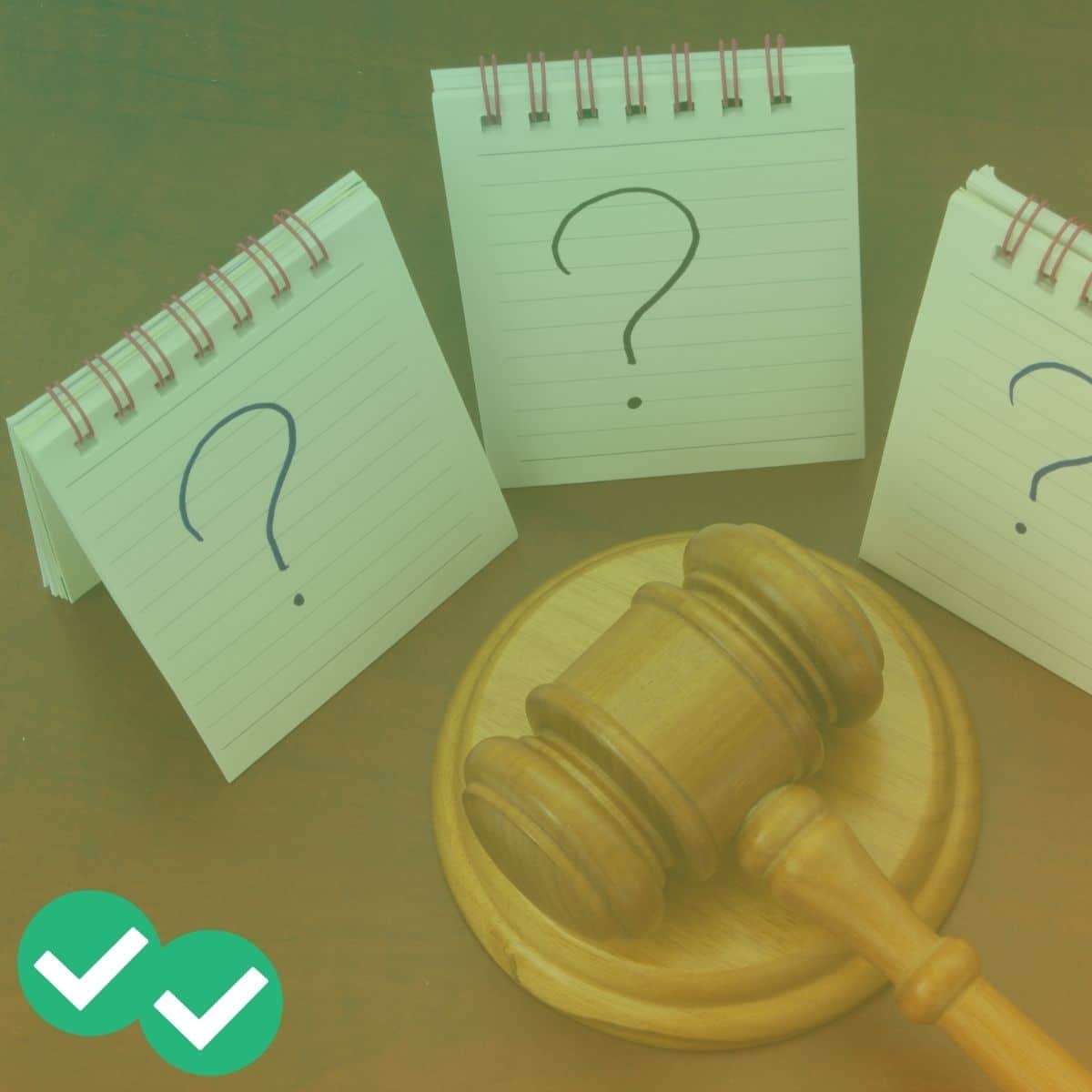
The LSAT test consists of 3 types of multiple-choice sections, one of which is Reading Comprehension. With LSAT Reading Comprehension, you’ll encounter 3 individual passages and one pair of passages. The paired passages are referred to as the Comparative Reading element. Each passage (or pair) will be accompanied by 6-7 questions, and there are typically 27 questions total in the section.
Watch the video below from our LSAT expert, Kevin, then keep reading to learn the basics of the LSAT Reading Comprehension section.
Plus, if you’d like more information on the other sections of the LSAT, check out our overview of the 2021 LSAT sections here!
About LSAT Reading Comprehension
An LSAT Reading Comprehension question has three main components: the prompt, the relevant portion of the passage(s), and the answer choices. The prompt will ask you to analyze some aspect of the passage, such as its purpose, structure, main idea, or rhetorical strategy. Comparative Reading prompts will ask you to assess the similarities and differences in the two passages’ approaches to a common topic. The relevant portion of the passage(s) may be as short as a single line or as long as an entire passage, but the prompt will almost always provide clues for where to look. There will always be five answer choices.
There is only one Reading Comprehension section on the LSAT, and since it usually contains 27 questions, it’s worth about 1/3 of your total score. You will have 35 minutes to complete the section, which means you’ll need an effective strategy to avoid running out of time.
How to Approach LSAT Reading Comprehension: Scoring
1. Set a Goal for Your LSAT Reading Comprehension Score
Check out How Does LSAT Scoring Work and Setting LSAT Prep Goals for detailed help on how to set reasonable goals for your LSAT prep. Generally, a great strategy is to count the number of LSAT Reading Comprehension questions you missed on your most recent practice test and try to cut that number in half. However, this can require more time to accomplish in Reading Comprehension than in the other two sections, so you might want to start by decreasing your missed questions by ⅓. Thus, if you’re currently missing 8 or 9 questions per RC section, try to bring that down to 5–6.
2. Determine Where You’ll Find the Points You Need
Most people don’t need to attempt every single question in the section. In fact, that’s only a wise strategy for a small percentage of the population, trying to score above 165. Everyone else should strategically devote time to questions and passages that are likely to pay off.
You could opt to guess on one entire passage and concentrate on the other three. This is a great tactic for those who move slowly but have relatively high accuracy. With this approach, you could still net 20 points, or more if you get lucky with your guessing.
Alternatively, you could try to identify the hardest questions (or question types) in each passage, guess on those and devote more time to making sure you don’t make mistakes on the easy and medium questions. The important thing is, know how many points you want and think critically about where you’re most likely to find them in the 35 minutes you’re given.
LSAT Reading Comprehension Strategies: Passages
1. Map the Passage’s Structure, Not Its Detail
You don’t have time to memorize every detail of every passage you read. Instead, pick up your pencil and start circling words that indicate where the passage is headed. Check out How to read LSAT Passages Faster for some detailed tips on how to do this. This strategy allows you to return quickly to relevant parts of the passage when a question demands it, and to avoid wasting time on material you’ll never need. A good goal is to finish your first read-through in less than three minutes.
2. Attack the Prompts
LSAT Reading Comprehension questions can seem dry and repetitive, but they are actually quite complex and nuanced. Words are used with precision on the LSAT. If a question asks you to determine which answer choice could be inferred from information in the passage, it’s helpful to know the difference between an inference, an assumption, a suggestion, and an implication. Feeling uncertain about your skills? Polish them with this LSAT reading practice guide featuring famous philosophers!
Furthermore, prompts may be long and convoluted. Read the entire question once, then break it into manageable phrases and translate them. If you can restate the question in your own words, that’s a good sign that you understand what it’s asking you.
LSAT Reading Comprehension Tips for Answer Choices
1. Research and Predict
The answer to every question is either in the passage(s) or supported by the passage(s). That’s reassuring because it means that you should always be able to point to specific lines that led you to a particular answer. Search for those lines (good LSAT note-taking helps!) and then respond to the prompt in your own words before looking at the answer choices. If you can’t find the lines, it probably means one of two things: you’re looking in the wrong place or you’re misinterpreting something in the text or prompt. In either case, don’t be afraid to give yourself a pass: take a guess, circle the question in your test booklet, and move on.
2. Use Process of Elimination
If you’ve done your research and come up with an answer in your own words, all you need to do is find the answer choice that matches it better than the others. I recommend looking at answer choices two at a time. Rather than asking yourself, “Is this the right answer?” ask yourself, “Which of these choices is closer to my prediction?” Eliminate the other one and then compare the winner to the next one in line. Before you know it, only one answer will be left standing.
3. Avoid Traps
The LSAT sets lots of traps for the unwary. When evaluating answer choices, consider these two pieces of advice: pick the answer choice that is closest in meaning to your predicted answer, and read every word.
First of all, there will frequently be one or more answer choices that feature vocabulary from the relevant part of the passage but are distorting the passage’s meaning. Making a prediction in your own words removes you from this vocabulary and makes it less likely for you to fall for this trap.
Second, the tougher questions on the exam will often have at least one answer choice that sounds like a perfect fit, except for one extra word or phrase somewhere. I call this the bait and switch. Many test-takers fall for this one because the rest of the answer is so accurate that they are willing to overlook the seemingly misplaced word or phrase. Don’t do it! The writers of the LSAT choose their words carefully, and so every word is there for a reason.
Takeaways
Put down your LSAT books and enter the world of the living. Sometimes, the best way to improve your LSAT Reading Comprehension skills and performance is to start with material you enjoy. Find a book, a paper, a website, or a magazine that you love to read, and make yourself comfortable.
Now, imagine a film critic watching a movie. What questions do you think are going through his or her head? Probably questions about the director, the decisions the director made, and their effect on the audience. In your spare time, try to read everything like that.
Who is the author of this article? Why is this article in this magazine? What’s going to happen in the next paragraph? How do I know that? What was the point of writing this? Am I being educated or am I being manipulated? Why did the author use that example? Are the author’s opinions strong? Neutral? Negative? Positive?
Ask these questions as frequently as possible, until it becomes second nature and your friends start to worry that you’re becoming a skeptic. That’s a great sign that you’re ready for law school! 🙂
(Want more tips? Check out Magoosh’s tips for acing reading comprehension!)






Leave a Reply